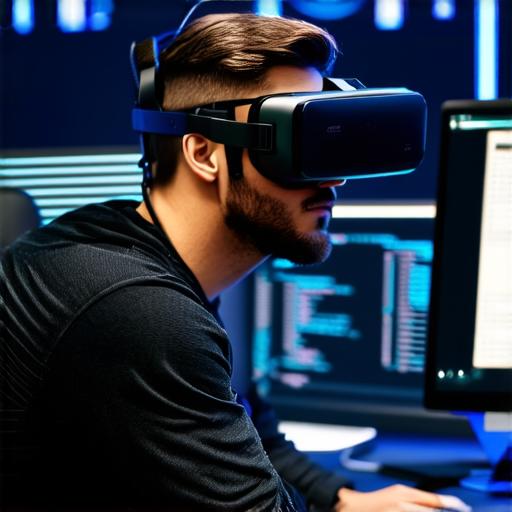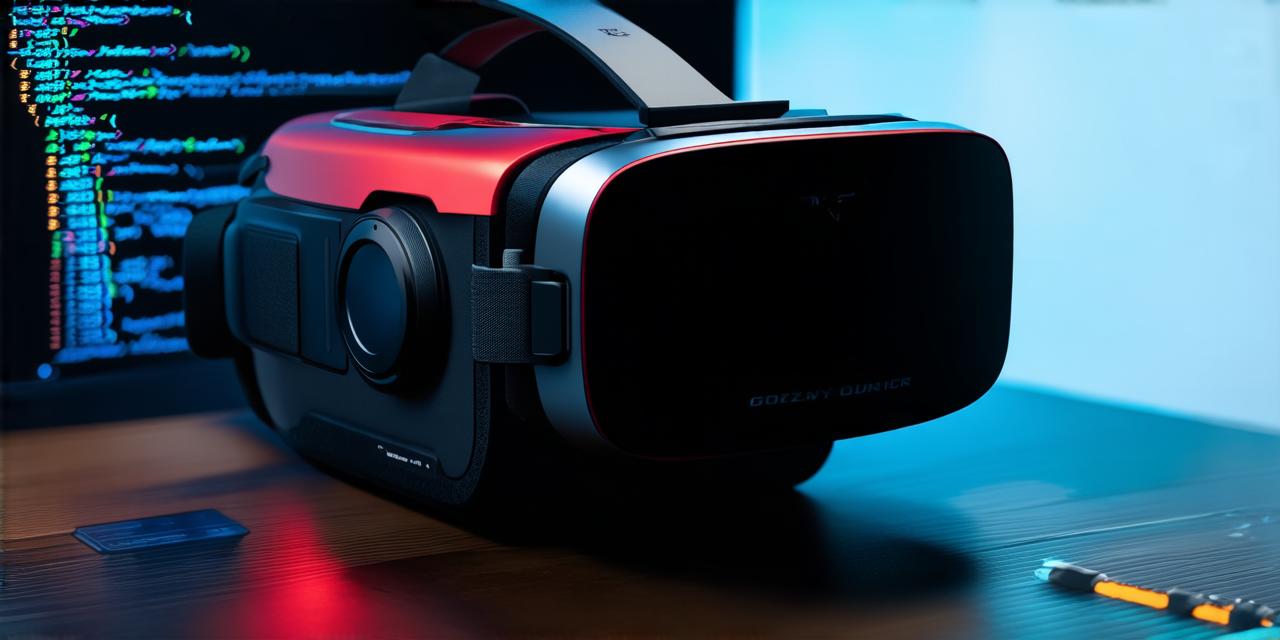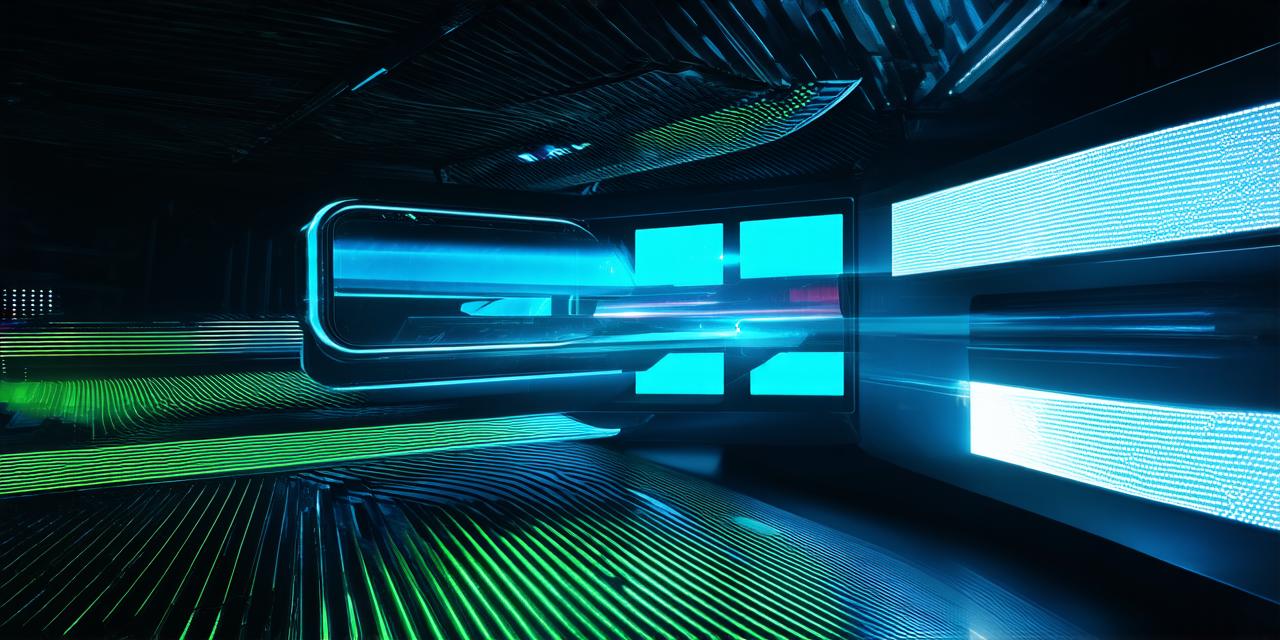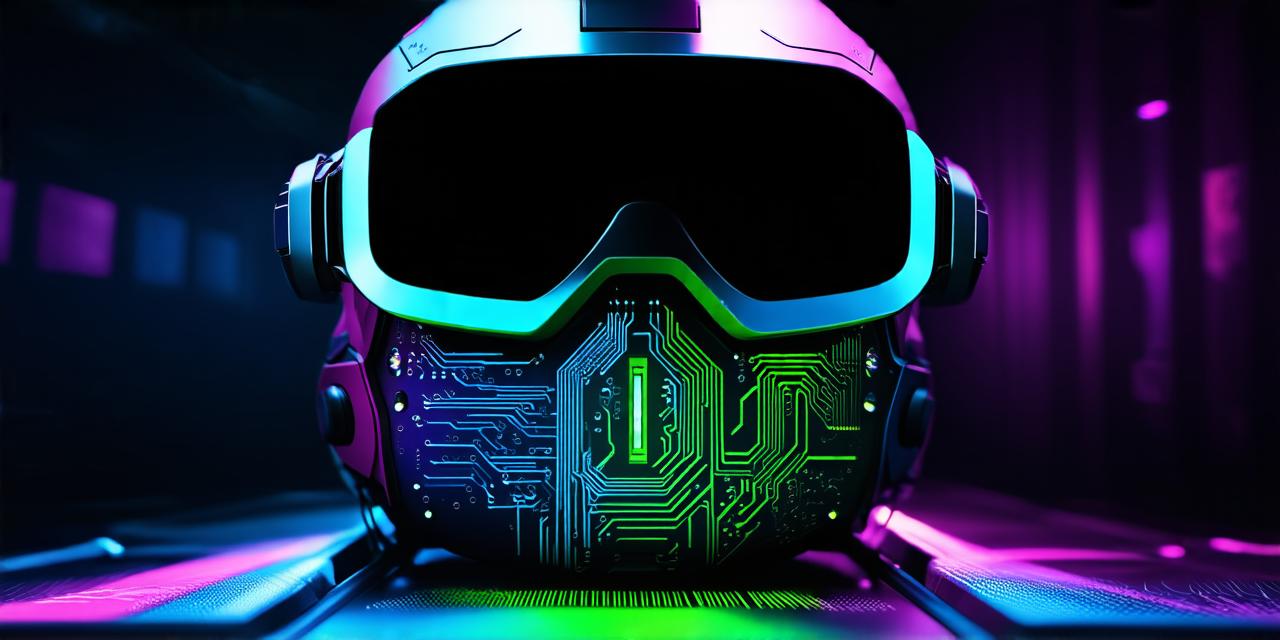Virtual reality (VR) is a rapidly growing field that has gained significant attention in recent years. The development of VR applications requires a unique set of skills and expertise.
1. Designing the VR experience
The first responsibility of a VR developer is to design the immersive experience that users will interact with. This includes creating the 3D environment, defining the user interface, and determining the flow of the experience. The designer must also ensure that the experience is intuitive and easy to use, as well as visually appealing.

2. Writing code
Virtual reality applications are built using specialized programming languages such as Unity and Unreal Engine. A VR developer must be proficient in these languages and able to write clean, efficient, and optimized code. They should also have experience with version control systems like Git and be comfortable working with cross-platform development tools.
3. Creating 3D models and animations
Virtual reality experiences often involve 3D models and animations. A VR developer must have a strong understanding of modeling and animation techniques, as well as the ability to use specialized software such as Blender and Maya. They should also be able to optimize their models for efficient rendering in real-time.
4. Implementing user interaction
Virtual reality applications require users to interact with the environment using hand or head tracking devices. A VR developer must be able to implement these interactions in a natural and intuitive way, allowing users to navigate the experience seamlessly. They should also be familiar with motion capture technology and how to use it to create realistic character animations.
5. Testing and debugging
Virtual reality applications are complex and can be difficult to test and debug. A VR developer must have a thorough understanding of the development process and be able to identify and resolve bugs quickly. They should also be able to test their applications on multiple platforms and devices to ensure compatibility.
6. Collaborating with other developers
Virtual reality development requires collaboration with other developers, such as artists, designers, and sound engineers. A VR developer must be able to communicate effectively and work well in a team environment, as well as manage project timelines and deliverables.
7. Staying up-to-date with technology
The field of virtual reality is constantly evolving, with new technologies and tools being introduced regularly. A VR developer must stay up-to-date with these developments and be able to incorporate them into their workflow as needed. This includes keeping an eye on hardware advancements, software updates, and emerging trends in the industry.
In conclusion, virtual reality development requires a unique set of skills and expertise. A VR developer must be able to design immersive experiences, write efficient code, create 3D models and animations, implement user interaction, test and debug applications, collaborate with other developers, and stay up-to-date with technology. With these responsibilities in mind, a VR developer can create engaging and innovative virtual reality applications that captivate users around the world.



